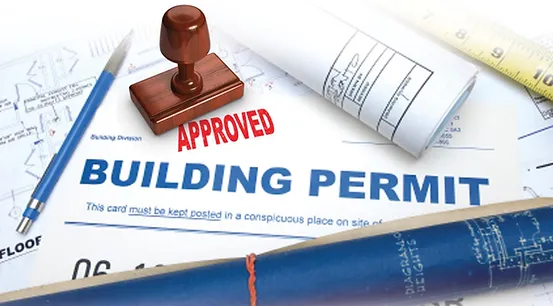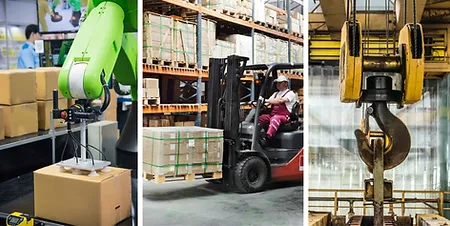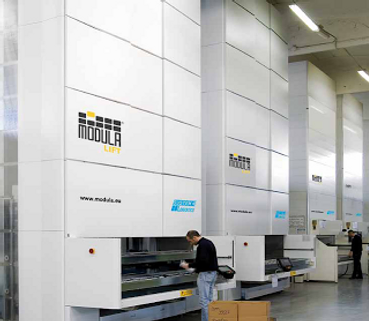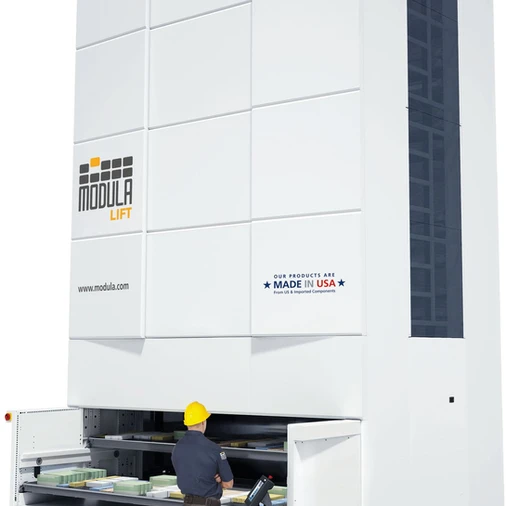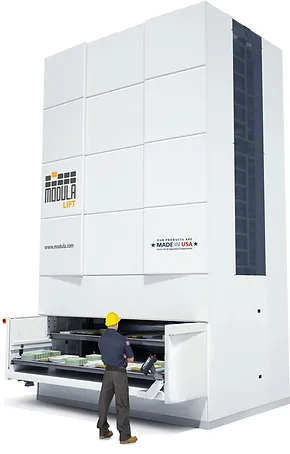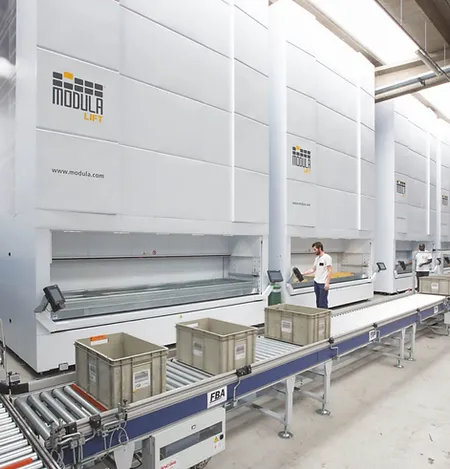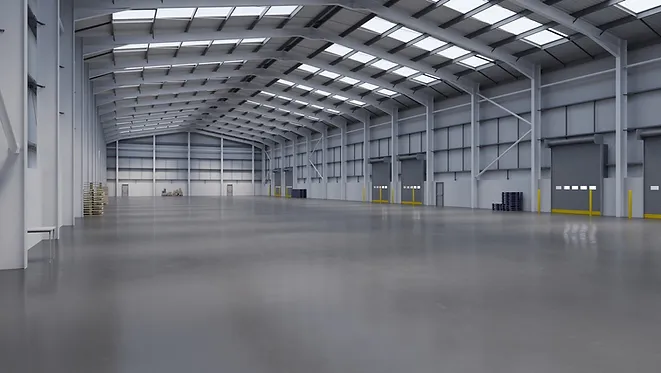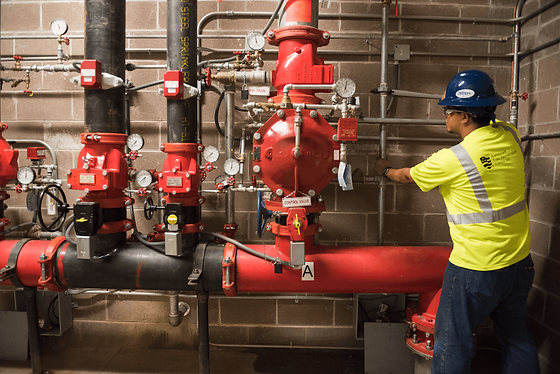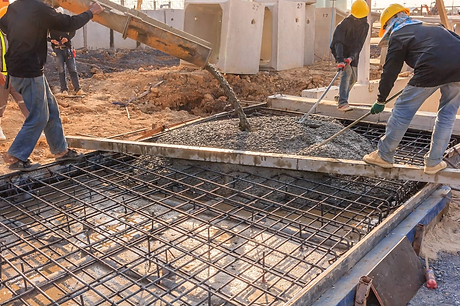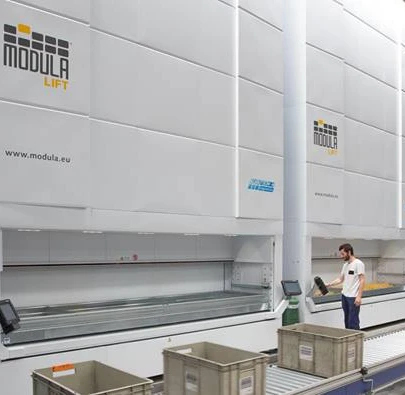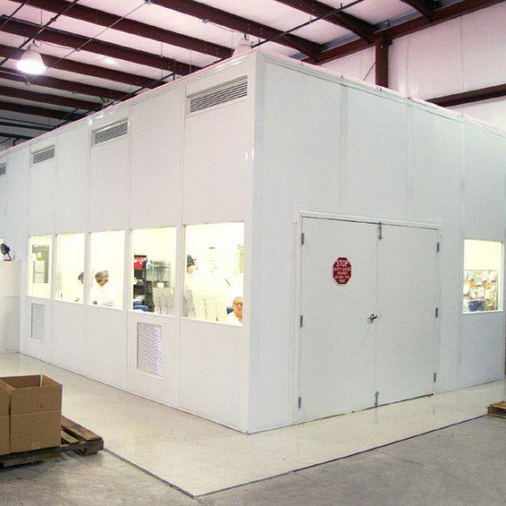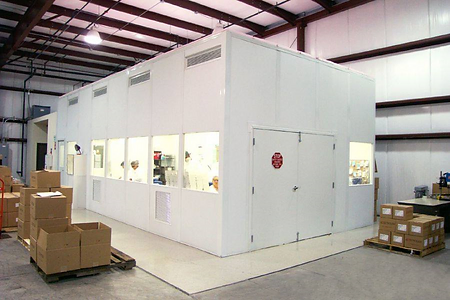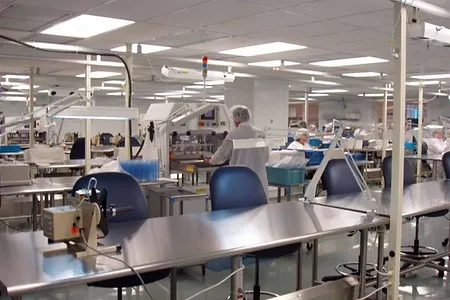To obtain a high pile storage permit, a warehouse owner or operator must typically adhere to specific safety regulations and fire codes. These regulations are put in place to ensure the safe storage of goods and materials, as high pile storage can present fire hazards and other safety concerns if not managed properly.
The requirements for obtaining a high pile storage permit can vary by jurisdiction, but they often include:
- Fire Safety Measures: Warehouses with high pile storage may need to implement fire protection systems such as sprinklers, smoke detection systems, and fire alarms. These systems are designed to detect and suppress fires quickly.
- Access and Egress: Adequate access and egress routes must be maintained to ensure that firefighters can enter the warehouse and evacuate people in case of a fire or emergency.
- Fire Separation: Warehouses may need to have fire-resistant walls or partitions to prevent the spread of fire from one area to another.
- Clearances: There are often requirements for maintaining clearances between stored materials, between materials and ceilings, and between materials and sprinklers.
- Fire Department Inspection: Regular inspections by the local fire department may be required to ensure that the warehouse remains in compliance with safety regulations.
- Documentation: Detailed plans and documentation of the high pile storage layout and safety measures are usually required as part of the permit application.
It’s important for warehouse operators to work closely with local authorities and fire departments to understand and comply with the specific regulations and requirements for high pile storage permits in their area. Failure to obtain the necessary permits or comply with safety regulations can result in fines, closure orders, or increased risks to personnel and property in the event of a fire or other emergency.
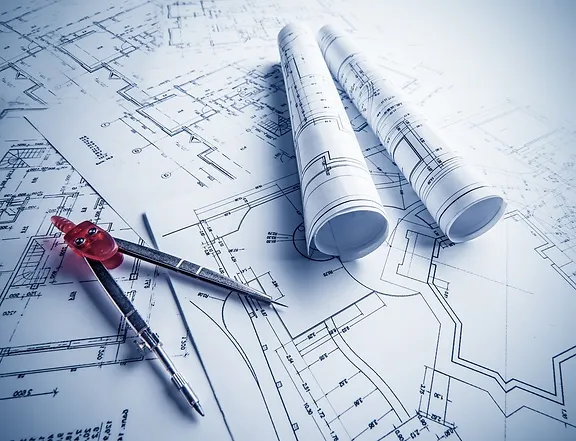
Do i need a high pile storage permit for my warehouse?
Whether or not you need a high pile storage permit for your warehouse depends on several factors, including your location, the size and layout of your warehouse, and the specific regulations and codes enforced by your local authorities. High pile storage permits are typically required in areas where fire safety and building codes mandate them to ensure the safe storage of goods and materials.
To determine if you need a high pile storage permit for your warehouse, you should take the following steps:
- Contact Local Authorities: Reach out to your local fire department or building code enforcement agency to inquire about the specific regulations and requirements for high pile storage in your area. They can provide guidance on whether a permit is needed and what the application process entails.
- Assess Your Warehouse: Evaluate your warehouse’s storage practices, including the height and density of the stored materials. If you stack goods or materials to a significant height, it’s more likely that you will require a high pile storage permit.
- Review Building Codes: Familiarize yourself with local building codes and fire safety regulations that pertain to warehousing and high pile storage. These codes often provide specific guidelines for when a permit is necessary.
- Consult with Professionals: Consider consulting with a fire safety expert or a professional engineer experienced in warehouse design and safety. They can assess your warehouse and help you determine compliance with local regulations.
- Permit Application: If it’s determined that you need a high pile storage permit, you will need to submit an application to the relevant authorities. This application typically includes detailed plans and documentation of your warehouse’s layout, fire protection systems, and safety measures.
Keep in mind that requirements can vary significantly from one location to another, so it’s essential to work closely with local authorities to ensure compliance with all applicable regulations. Failing to obtain the necessary permits or comply with safety codes can result in fines, legal issues, and safety hazards.
Ultimately, whether or not you need a high pile storage permit will depend on your specific circumstances and the regulations in your jurisdiction, so it’s important to seek guidance from local authorities to ensure compliance.
Material Handling & Storage is a turn key solutions provider. Our team can handle all phases of your permitting requirements, dealing directly with the municipalities and fire department.
Typical permitting requirements include seismic engineering/structural calculations of the pallet rack, catwalk shelving or mezzanine system. This information is then provided to the municipality. Commodity class information is typically required for fire permit submittal in high pile storage applications.
Many cities also require a special anchor inspection with a licensed engineer.
Contact MHS to make your next permitting project easy and accurate
Servicing Northern California, the Bay Area , Sacramento and Reno markets since 1992. Our portfolio includes projects in Fairfield, Foster City, Daly City, Fremont, Hayward, Newark, Union City, Sacramento, San Jose, San Francisco, Oakland, Milpitas, Livermore, Palo Alto, Mountain View, Stockton, Lodi, Modesto, Vacaville. Also providing solutions to the Phoenix, Arizona market, surrounding metro of Maricopa County and submarkets of Arizona: Buckeye, Chandler, Gilbert, Goodyear, Mesa, Tempe, Scottsdale, Glendale, Peoria, Tolleson, Tucson, Surprise, Nogales and Casa Grande
